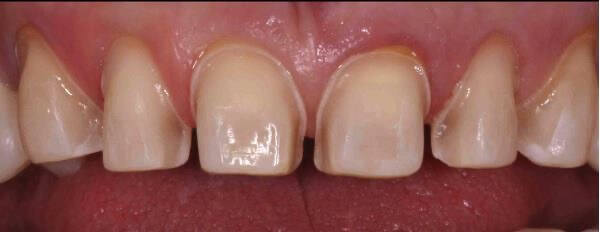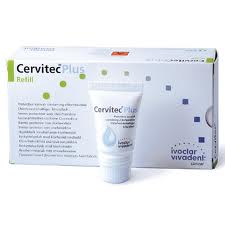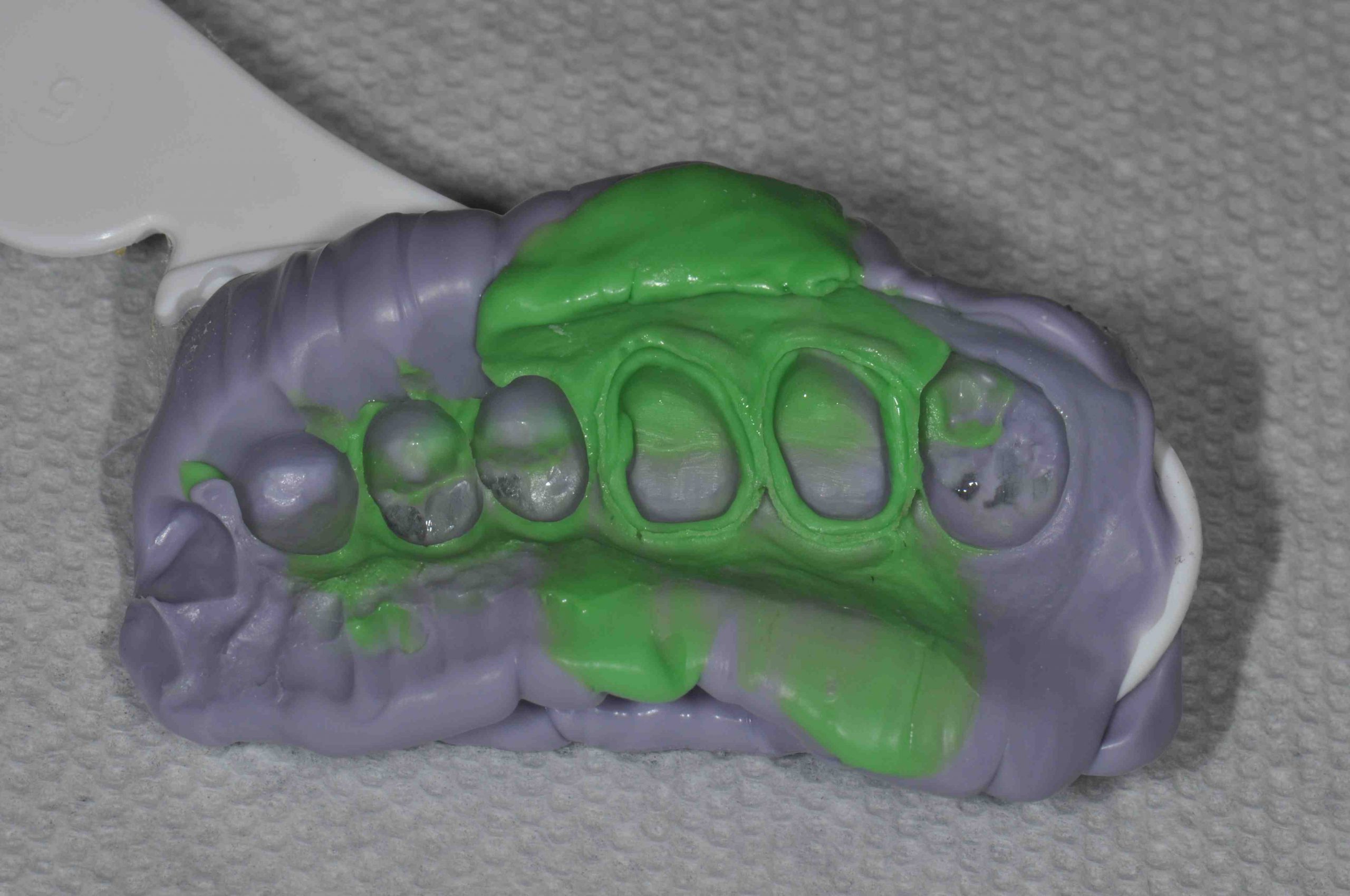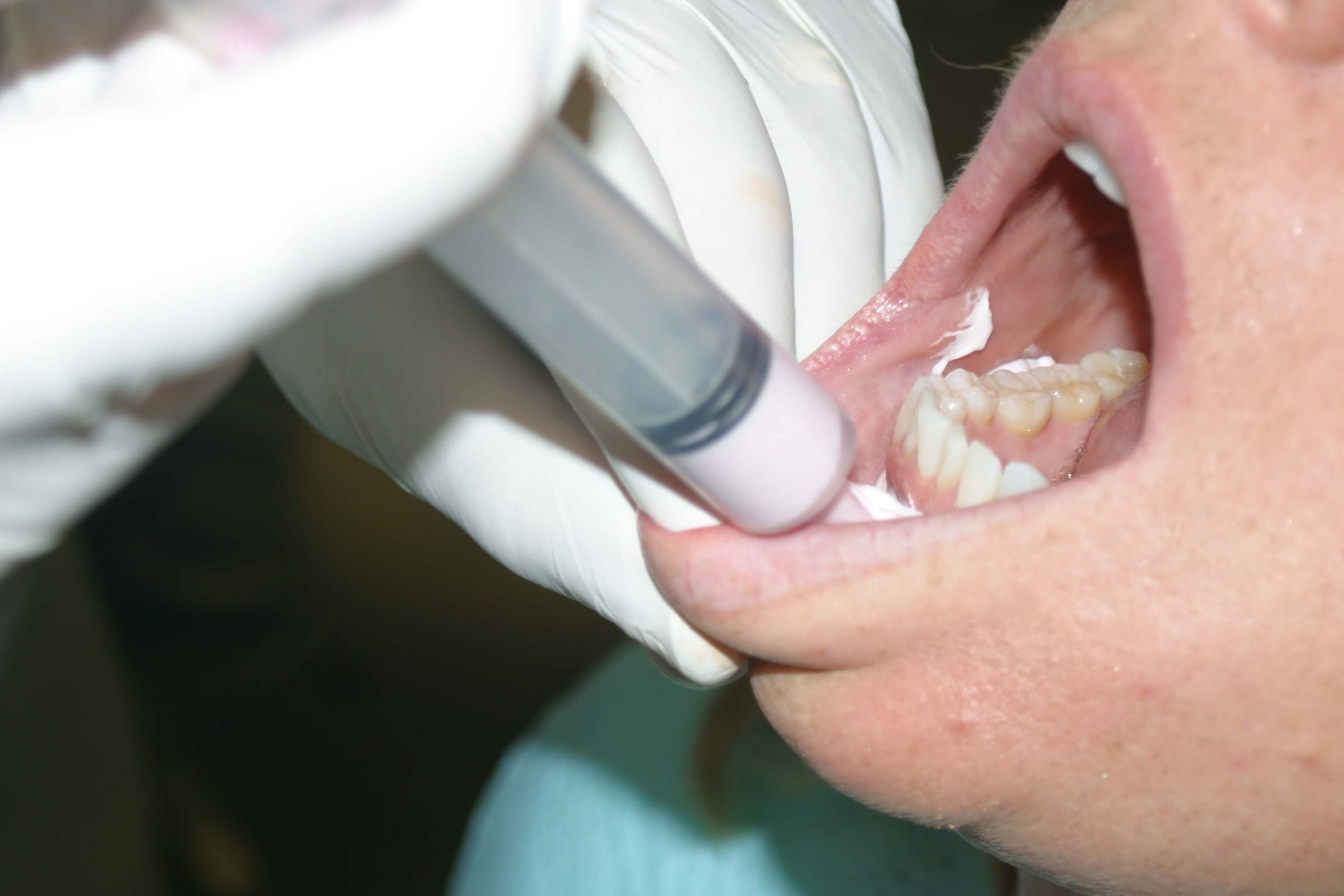Polishing Indirect Preparations
The question of whether it is better to have a rough or smooth tooth preparation for indirect restorations pops up from time to time, and dentists relate to me they have heard conflicting opinions.
I go to the research literature to become better informed when questions arise, and this is one question research has answered convincingly for me.
What is the impact of texture on the predictability of your restorations?
When we think about the surface texture of a tooth preparation, there are two considerations.
- How does the surface texture have an impact on bond strength or retention of an adhesively placed restoration? Do coarser surface textures on preps increase bond strength, or is it exactly the opposite?
- How does the surface texture impact the accuracy of a VPS or Polyether impression and therefore the fit of the restoration?
It turns out that smoother is better.
If you go to the literature and look up the research studies in PubMed, you will find there is a high correlation between high bond strength and extremely smooth surface texture. To achieve an extremely smooth surface texture, multiple studies used carbide burs that are in the same shape that we use in doing crown and veneer preparations.
The other piece of the puzzle (the second consideration) has to do with the contact angle of VPS or Polyether impression materials and the tooth preparation. The smoother the preparation surface is, the more accurate the impression will be. The more accurate the impression is, the more accurate the die will be. And the more accurate the die is, the more accurate the fit of the final restoration will be.
So, in both categories, bond strength for adhesives and accuracy of physical impressions, smoother preps win over coarser preps.
Related Course
E2: Occlusal Appliances & Equilibration
DATE: August 10 2025 @ 8:00 am - August 14 2025 @ 2:30 pmLocation: The Pankey Institute
CE HOURS: 44
Dentist Tuition: $ 7400
Single Occupancy with Ensuite Private Bath (per night): $ 345
What if you had one tool that increased comprehensive case acceptance, managed patients with moderate to high functional risk, verified centric relation and treated signs and symptoms of TMD? Appliance…
Learn More>












